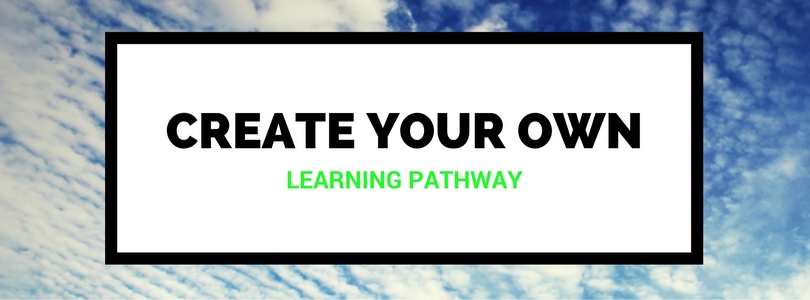Pathway conjures up several associations: passages, trails, tracks, lanes, aisles. Worn and not-so-worn routes that can take you from where you are to somewhere you are not yet.
But pathway also conjures up something else: circuits, networks, downlinks, signal routes. Rapid and humming lines of communication that connect you to multiple others.
Both aspects of the word pathway convey movement, travel, and contact. They suggest, also, notions of change, growth, even adventure. When you embark on a pathway—whether it’s to the sound of birds or bytes—you are opening yourself up to whatever you might encounter. You are preparing yourself with each footstep or keyboard click for something new that you haven’t seen, noticed, or known before.
In the MACIE program, each student selects a pathway to travel. In addition to core education classes in such topics as child development and creative learning practices, students can create a four-course pathway in other Georgia State University colleges. For example, Students interested in starting a business that focuses on children’s creativity can take courses in the J. Mack Robinson College of Business. Students interested in launching or working in a non-profit organization can take courses in the Andrew Young School of Policy Studies. Students interested in working as an artist in out-of-school settings can find pathways in the GSU College of Arts and Sciences or the new GSU College of the Arts. Students interested in being leaders in their school by designing innovative curricula can develop pathways within the College of Education and Human Development.
What’s tempting about a university the size of Georgia State is the number of pathways down which a student can travel. And what you’re required to “pack” is vital, but doesn’t weigh very much: imagination, broad-mindedness, commitment, aspirations. And most importantly, curiosity. Because that’s what set you on the pathway to begin with, wasn’t it? A curiosity that drives you to take to the trail, to connect across the world, to see what’s possible just ahead.


